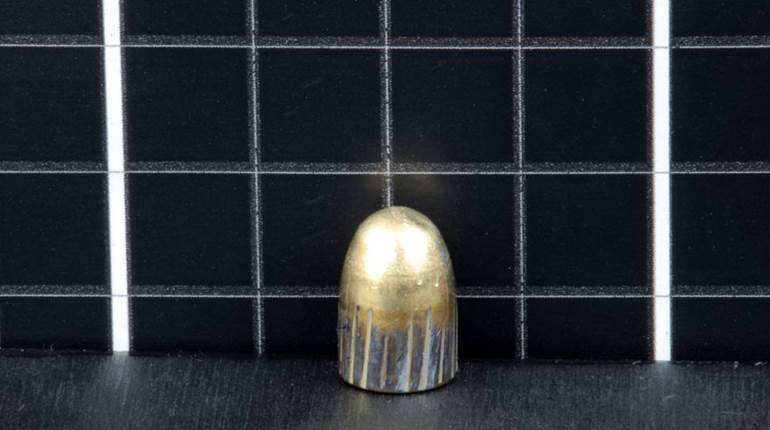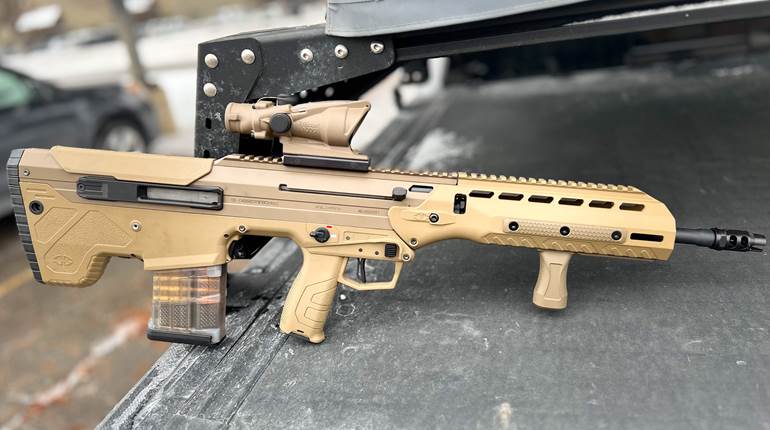
Top image: discovermilitary.com
Multiple reports are surfacing that a Canadian sniper dropped a terrorist at a new record distance of 3,450 meters—2.14 miles—last month. It appears he used a .50-caliber and the bullet’s travel time, allegedly, was 10 seconds.
The shooter will get all the credit, but the odds are good his spotter is the real savant. A good one is worth his weight in gold. Here are a few of the challenges he wrestled to dial his partner into that record-setting, long-distance connection.
Height Challenged
The odds are good the pair adjusted for the region’s elevation at the practice range once they were deployed, eliminating that variable from the firing-solution equation. However, the spotter needed to gauge any altitude change between the sniper hide—in a high rise—and target, fast.
Personal Forecasts
A good spotter does double duty as a personal weatherman. Barometric pressure alters external ballistics and the effect adds up over distance. At two miles, failure to compensate for those daily changes in atmospheric “weight,” will result in a miss. Hornady did some testing with a .308 Win. at up to 500 yards and noted in its results, “Due to denser air (higher barometric pressure) the calculated B.C. is .322.” The study’s results at “standardized” conditions listed the ballistic coefficient at a more streamlined .338.
Temperature changes things, too. The same test showed increased heat decreases atmospheric density and a 40 degree raise in ambient translated to a 1.5-inch-higher point of impact. “Due to less dense air (warmer temperatures) the calculated B.C. is .355,” it states. At two miles, the difference in point of impact, even with a .50 BMG, would be significant.
Doping the Wind
Those variables can be plugged into a handheld calculator before the shot, but breezes and gusts along a two-mile trajectory takes human observation and instant reaction. Beforehand he would have studied, literally for hours, how local leaves and branches move in varying wind velocities, what speed it takes for dust to get airborne, flags waving and more. Just before the shot he calls a left or right hold, with distance in mils, depending on what he sees.
Even a dead calm day isn’t easy. Mirage boils when the air is barely moving and can seemingly elevate downrange objects. The terrorist could be reflected off the overheated and unmoving air slightly above his position, only adding to the challenge. Slow moving air can move the perceived target slightly left or right.
Coriolis
In Iraq, the Earth is rotating at roughly 750 miles per hour, according to this graphic from U.K.’s Daily Mail. That’s around 1,246 feet per second, which—assuming the ISIS member was directly north or south of the sniper’s hide—would need to be multiplied by the projectile’s time of flight to calculate where the bullet needed to arrive the moment the bad guy rotated in.
Targets not directly due north or south would require the intervention of trigonometry to plot an accurate firing solution. Those directly west or east, where the target doesn’t appear to be moving relative to the shooter, can still require an elevation adjustment because the distance will be closing or lengthening once the bullet is airborne.
The Coriolis Effect has little if any impact on the average shooter even at moderately long distances, partly because there’s a whole lot of other physics involved, but a bullet in flight for 10 seconds is a whole different story. Odds are good the spotter tossed all the variables into a firing-solution calculator, but he needed to double check direction, watch the wind, keep an eye on the weather, study the target and his movements—or lack thereof—and know full well that the moment he called “Send it,” it was his shooter going into the record books, not him.
Awesome shot and one less ISIS member to worry about, but we’ve got to give a hat tip to the spotter who did all the heavy mental lifting!






































